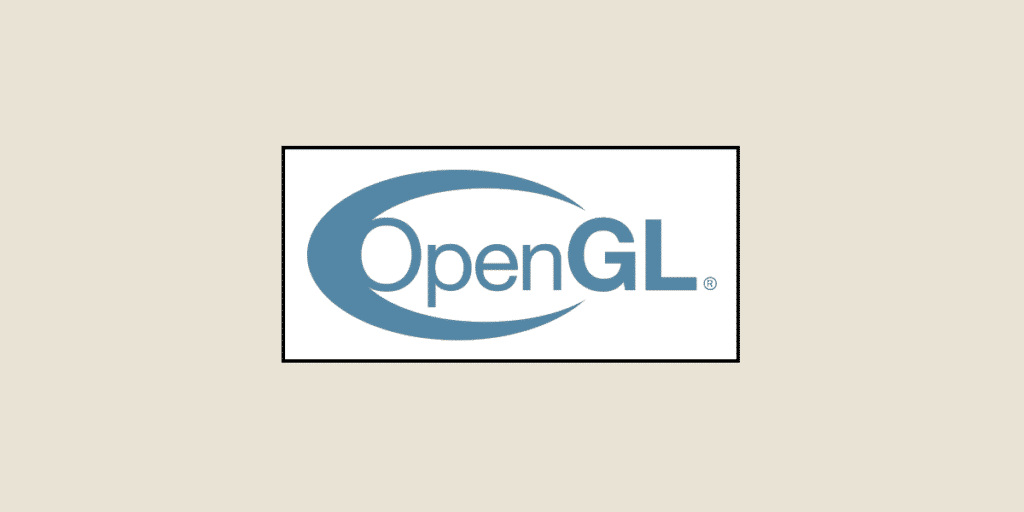Programming a graphics application is greatly simplified if you use OpenGL, because you can then have a program that runs on a wide variety of platforms, if not optimized for all of them. How does OpenGL work and how can its potential be exploited?
If you’ve heard of OpenGL, you’ve probably sensed that this standard has something to do with graphics. And it does. But what exactly is it?
A graphics API
OpenGL (Open Graphics Library) is an API dedicated to graphics functions. In other words, it’s a series of pre-defined, pre-programmed graphics functions that a developer can use to draw elements on a screen.
Other APIs are available, such as Direct X for Windows or Metal for iOS. However, OpenGL’s strength lies in the fact that the functions defined by this standard can drive the GPU of most recent graphics cards, and therefore, for example, on both PCs and Macs. For the record, GPUs (graphics processors) are usually much more powerful than CPUs (microprocessors).
Each manufacturer manages its own version of OpenGL
The graphics card manufacturer (Nvidia, AMD, Intel…) is responsible for implementing OpenGL functions on its own hardware. This driver represents the interface between the program written by a developer and the card’s GPU.

Multi-plateform
The advantage of OpenGL is that a program that exploits this specification will work with a multitude of graphics cards – almost all recent ones. In fact, OpenGL is a cross-platform specification. The same game or app can run on Windows, iOS, Linux and Android.
The only problem is that, as each manufacturer implements its own OpenGL code, a game may not look or perform exactly the same on different hardware, for example the Xbox Series X and the Sony PS5.
Easy to approach
The main cross-platform alternative to OpenGL is Vulkan. This specification, proposed by the Khronos Group, offers more precise control over graphics cards and thus paves the way for better optimization.
However, OpenGL is much simpler for a developer just starting out in video games or app creation. What’s more, thanks to its long history (1992), OpenGL is fairly stable and predictable on all kinds of platforms.
Obviously, a large-scale game development studio will be better off programming a game directly with Direct X 12-Ultimate for the Windows version, with Metal for the Mac and iPad, etc… But for a small studio, the OpenGL approach will be far less costly.
Two versions of OpenGL
Two versions of OpenGL are available:
- Legacy OpenGL
- Modern OpenGL (version 3.3 and above)
The latter provides access to “shaders” – code that runs directly on the GPU and defines how individual pixels, as well as polygon attributes, are to be processed and displayed.
It's a good idea to get started with OpenGL
So, if you’re just starting out in application programming and wondering which tool to use, OpenGL is more than advisable. Once you’ve got the hang of it, you may be tempted to use Vulkan, Direct3D or Metal. OpenGL is perfect for getting to grips with the management of graphical interfaces and is therefore an ideal path for beginners.











